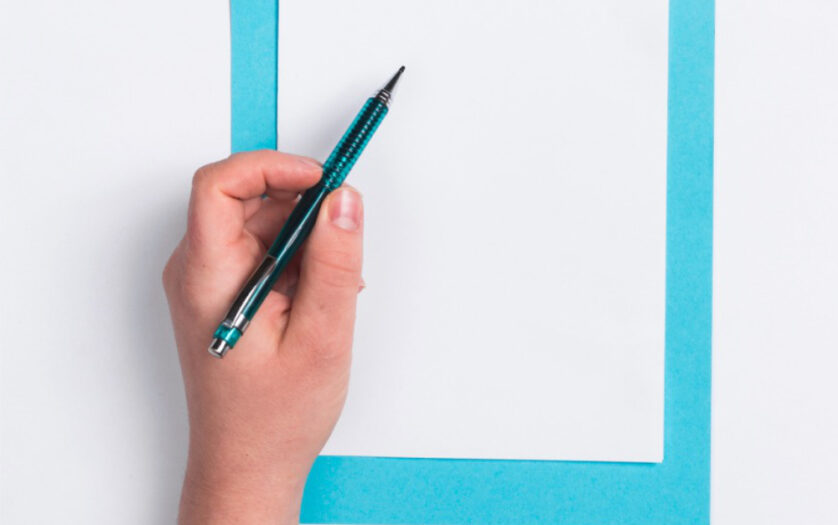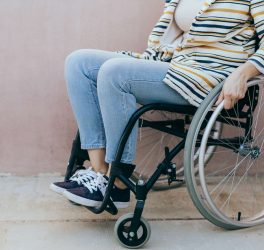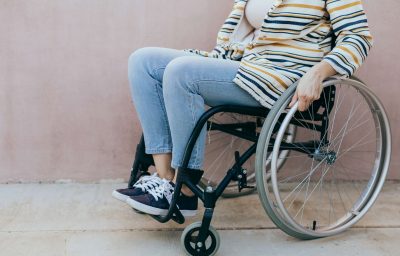
Most people never have to think twice about performing their everyday tasks. But for millions of left-handed individuals, these ordinary experiences can be much more challenging.
According to the study conducted by the National Library of Medicine, about 10% of the world’s population is left-handed. And in countries like the United States and Canada, it is somewhere between 12% to 14%.
Because left-handedness is relatively uncommon in a right-handed world, it naturally leads to a bigger discussion: is being left-handed a disability?
While the simple answer according to medical and legal definitions is “no,” the actual experiences of left-handed people show there is much more to consider. They don’t face a physical or mental limitation in the typical sense of disability, but they do deal with real, ongoing challenges that can affect many aspects of life.
To know most of them in detail, read below!
5 Most Common Challenges Faced By Left-Handed People
1. Educational Barriers
Education is where many left-handed challenges begin. In the majority of the classrooms, tools like desks, scissors, sharpeners, and even musical instruments are primarily built for right-handed children.
This led to issues like:
- Uncomfortable and awkward posture, as left-handed students often have to twist their wrists or bodies to write. This can cause them hand strain and messier handwriting.
- The continuous awkwardness can lead to embarrassment or a sense of being different, which can eventually lower confidence.
- There might be some delays in completing assignments because the tools just don’t cooperate.
2. Workplace and Everyday Obstacles
The challenges don’t end with graduation. Many common office tools like computer mice, number pads, and even spiral-bound notebooks are mainly designed for right-handed people. Left-handed people might feel:
- Difficulty in handling the tools efficiently and safely.
- It can result in slower productivity. As time and again, switching hands can lead to a lot of frustration.
- Some studies even suggested that left-handers experience a slightly higher accident rate at work because they have not adapted to the environment.
3. Higher Personal Expenses
Sometimes, there have been instances where left-handers have to purchase special gear-left handed scissors, knives, and even guitars. These products can be more expensive and harder to find.
So, this adds an extra layer of inconveniences and sometimes higher costs.
4. Social Challenges
Even in today’s more accepting world, left-handedness is sometimes misunderstood or devalued.
These social challenges can sometimes impact self-esteem, social interaction, or educational progress.
5. Cultural Challenges
In some cultures, left-handed children are still pressured to switch hands for tasks like writing or eating. This often leads to discomfort or poor technique.
This pressure often comes from old superstitions or beliefs that being left-handed is a bad habit or even unlucky.
But, Is Being Left-Handed a Disability?
According to disability laws and the medical field, left-handedness isn’t labeled as a disability. Because, disability is usually defined as a physical or mental condition that restricts a person from major life activities or employment opportunities.
And by this technical definition, left-handedness doesn’t fit this criterion.
Moving Towards Inclusion
The real challenge isn’t being left-handed, but how the world around us makes it harder for lefties. When these left-handed people receive the appropriate support, they tend to grow.
So, while designing, rethink of the space, material, and policies, so that a friendlier and more productive environment is created for all.
Conclusion
The next time you reach for scissors or sit down to write, take a moment to consider how those simple actions might feel from the other side. Left-handed individuals aren’t disabled; they’re navigating a world that simply wasn’t designed for them.
Understanding and addressing their challenges make room for all kinds of abilities to ensure that left-handers are not seen as disabled. Instead, by acknowledging the unique difficulties they face and avoiding the misconception of a disability for left-hand individuals, we create greater awareness and inclusivity.








